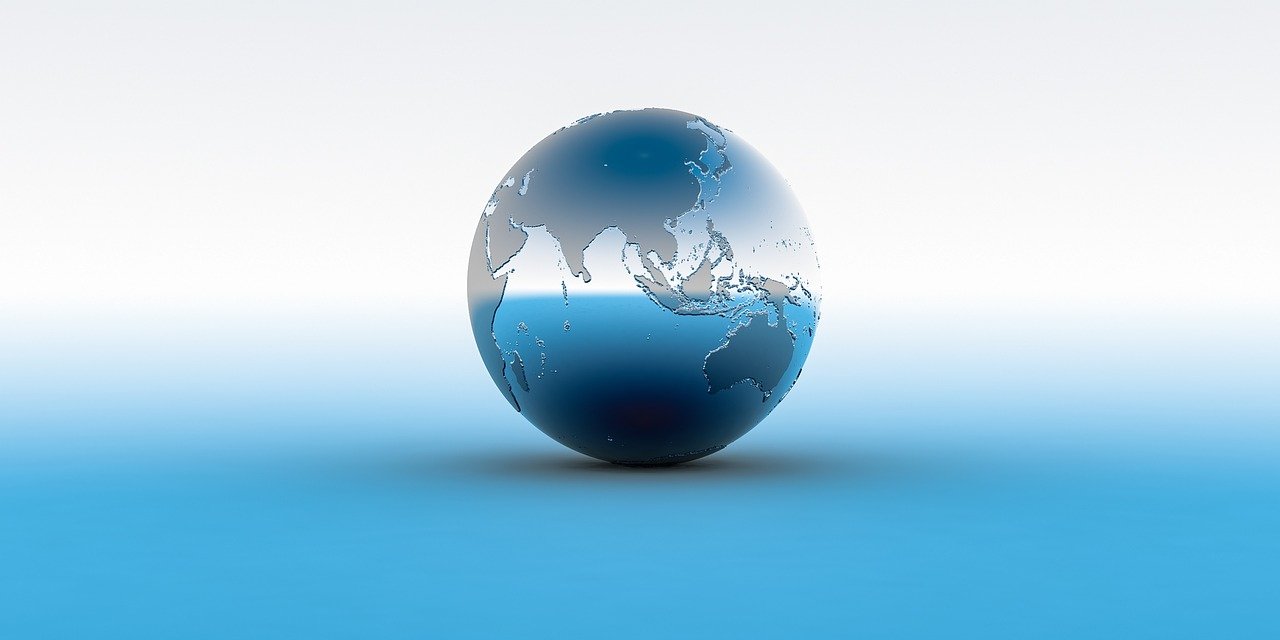Fifteen Asia-Pacific countries signed the Regional Comprehensive Economic Partnership (RCEP) on Sunday after eight years of negotiations. The countries include Australia, China, Japan, the Philippines, New Zealand and Malaysia. The 15 member countries account for about 30 percent of the world’s population and 30 percent of global GDP, making it the largest trade agreement in the world.
The RCEP is intended to reduce tariffs and red tape among member countries, facilitating international trade. The RCEP Agreement “demonstrates [the member countries’] strong commitment to supporting economic recovery, inclusive development, job creation and strengthening regional supply chains as well as our support for an open, inclusive, rules-based trade and investment arrangement.”
Although negotiations started in 2012, the RCEP seems to be more needed now than ever. The RCEP represents the region’s response to the COVID-19 pandemic and will play an important role in building the region’s resilience through inclusive and sustainable post-pandemic economic recovery process.
Out of all the countries involved, one country’s absence is glaring. India pulled out of the agreement at the last minute because of “concerns over its domestic industry and the potential of widening trade deficits with member countries, especially China.” RCEP is unpopular with many Indians, including farmers and owners of small and mid-size businesses.
With India included in the RCEP, its regional pact would have created a free trade agreement covering half the world’s population and just over a third of global gross domestic product. The RCEP member nations remain adamant that India’s role in RCEP would be highly valued and reiterate that the RCEP remains open to India, due to its “strategic importance as a regional partner in creating deeper and expanded regional value chains.”


